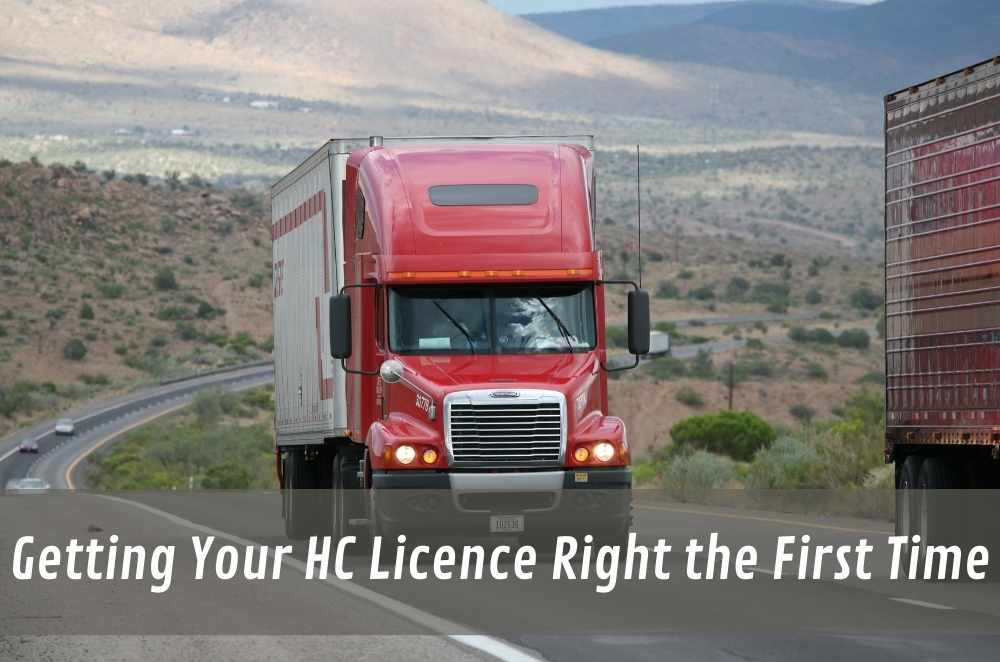
There’s a point where driving a car just doesn’t cut it anymore. For many people working in transport, construction, or trades, stepping into a medium rigid truck is the next logical move. These vehicles carry more, require more attention, and demand a higher level of skill. Taking that step isn’t simply about chasing a new credential. It’s about developing the judgment and know-how to handle the weight and size of a truck safely. Getting there is easier when you have structured training in place, which is why enrolling in an MR licence course from Core Truck Driving can make such a difference. It’s not just about passing a test — it’s about being road-ready from day one.
What makes an MR licence valuable?
An MR licence isn’t just a piece of plastic in your wallet. It’s a gateway to bigger opportunities. Medium rigid trucks, typically featuring two axles and weighing more than 8 tonnes, are a common sight on Australian roads. They move freight across suburbs, haul equipment to job sites, and keep public buses in motion. Without this licence, doors stay shut. With it, a driver can move into roles with more stability and, often, higher pay.
However, the value isn’t measured solely in money. Training for an MR licence builds a sharper sense of responsibility. It forces drivers to account for factors that car drivers rarely consider, such as wide turning arcs, heavier loads, or the way braking distances increase with vehicle size. Once those lessons are learned, they stick, shaping a driver’s approach for life.
How does MR licence training build skills?
The best MR courses do more than simply meet the licensing authority's requirements. They put drivers in situations where skills get tested and refined. Theory has its place, but practical time behind the wheel is where real growth happens.
• Handling tight corners in busy streets
• Checking vehicles thoroughly before trips
• Applying defensive driving in real traffic situations
By combining classroom learning with practical experience, drivers receive a well-rounded education. It’s one thing to know that a heavy truck brakes slowly; it’s another to feel the delay in a live scenario and adjust accordingly. That’s the kind of muscle memory that training creates.
Over time, this training doesn’t just prepare someone for a test. It builds a sense of calm and confidence that comes from experience. And that’s what employers want to see, not just a pass slip, but proof that a driver can be trusted with expensive equipment and valuable cargo.
Where can drivers find precise requirements?
Licensing rules can be tricky to untangle. Age restrictions, eligibility criteria, testing steps — it all adds up to a lot of fine print. Too often, people rely on word of mouth or incomplete advice, which only leads to frustration. That’s why it helps to lean on trusted information. One helpful resource is understanding the MR licence requirements, which clearly outline the essentials.
When drivers know exactly what’s expected before they enrol, there are fewer surprises and fewer wasted attempts. Pairing that knowledge with professional training keeps the process smooth, helping drivers hit the road sooner with the right qualifications in hand.
Conclusion
Moving from a car licence to an MR licence is more than a formality. It’s a real leap in both skill and responsibility. Those who make the move gain access to better work, but they also walk away with safer habits and more substantial confidence. When backed by proper training and a clear understanding of licensing rules, the MR licence isn’t just a requirement — it’s a stepping stone to a long and reliable driving career.








Write a comment ...